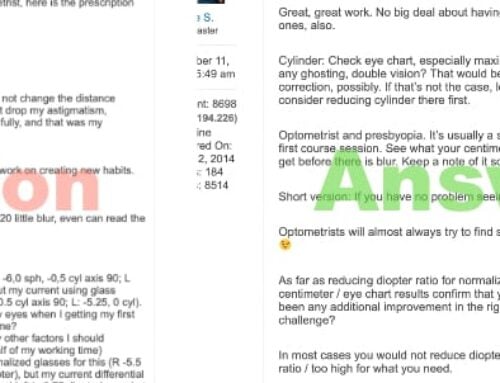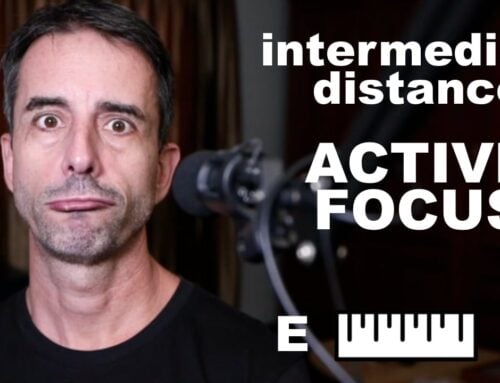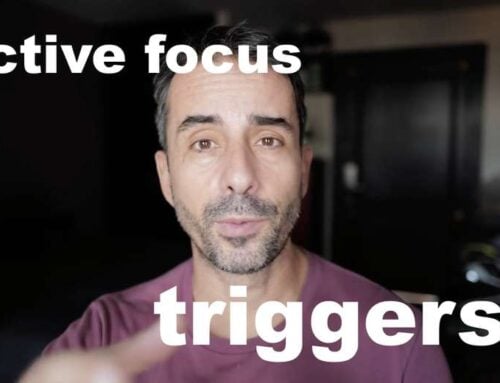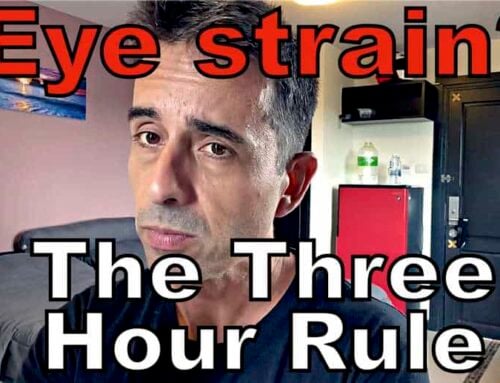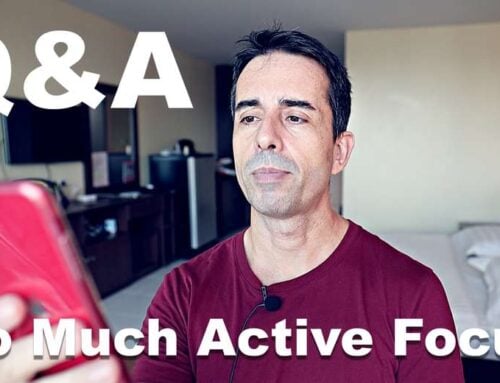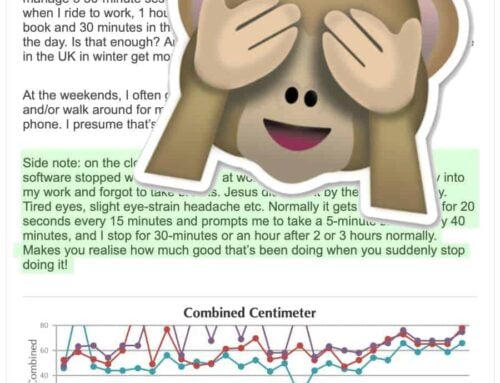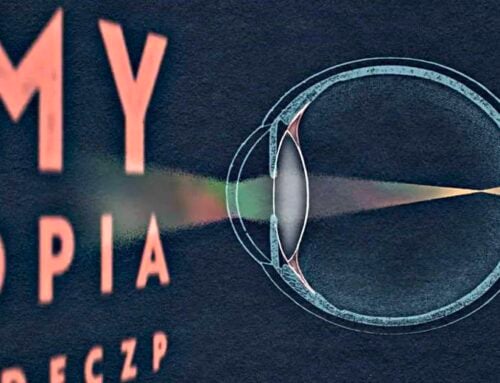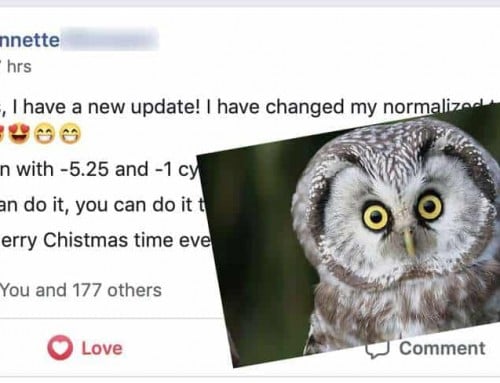For stopping myopia progression (or even reducing myopia), step #1 is to prevent hyperopic defocus and excess strain.
In cases where existing lens use is over -2.00 diopters, this usually means a reduced diopter correction for your close-up use. All of this of course is explained in great detail in the differential glasses topics.
As with most endmyopia things, there are a seemingly endless number of edge case scenarios.
Edge Case: You Change Between Distance And Close-Up Frequently
Today we’ll briefly look at one such case: You need differentials, but you change between close-up and distance at short intervals, for extended periods, regularly. Basically you need close-up distance and far distance vision at the correct respective diopter, ideally without continually changing glasses.
One solution for this is to wear lenses that include both close-up and distance diopters. People have figured out that progressive lenses accomplish this. I’ve written about why progressive lenses are actually not a great solution.
A better option are bifocal glasses.
If you’re not familiar with both, short version: Bifocals have two focal planes built into one pair of glasses. Progressive lenses have multiple focal plane ‘zones’.
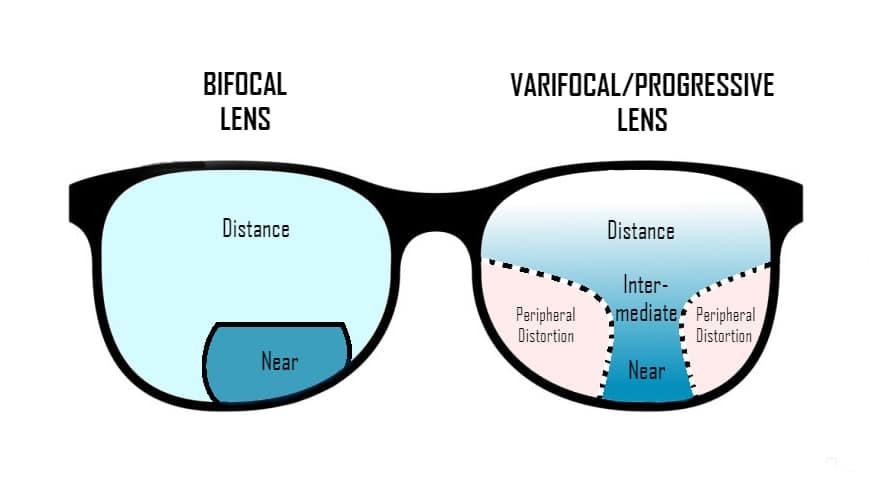
More complex, the progressive lens. Not what we want here and endmyopia, where we want one simple clear focal plane change.
If you are a member of our private Le Meow forum, you can check out this link discussing progressive glasses.
In this thread I briefly explain why you want bifocals and not progressive glasses, and which type of bifocals tend to work best:
If you have a good general measuring system and are aware of eye strain, it’s easy enough to try this solution and see if it’s better or worse. Important.
Bifocals might be better than progressives. Just two focal planes vs. a graduated change. Not everyone agrees, see point above on quantifying. Generally though having a distinct close-up diopter and distance diopter works out better than multiple diopters in one lens.
Note also that there may be multiple types of segments available for the close-up diopter. Depending on the size of lens / frame, your preference, and how much time you spend in close-up vs. distance, you might prefer one type of segment over another. ‘Executive segment’ (again, if that’s an option) tends to work well when a lot of the time is in close-up mode.
Frame types matter more in this scenario. You want to be able to comfortably ‘reach’ both diopters with your eyes, without the optical centers being tiny (with small or narrow lenses).
Admittedly I’ve been out of the loop on lens buying for a while, and this scenario isn’t that common, and availability of lens types varies around the world. So above, just some plausible notes.
Lots of things to consider.
Remember, endmyopia is all about keeping things simple. So as you look at these ideas and solutions, whenever possible, don’t add complexity. If you can adjust your work flow, better to have single focal plane lenses than above solution. You will have to train your eyes to look through the right part of the lens, you add extra-ocular muscle strain, you have a smaller focal point. These are all compromises that only make sense if they’re the only way to avoid hyperopic defocus.
Otherwise, just have two pairs of glasses. Simple works best.
Update, see my more recent post including a reader update, switching away from progressive lens glasses.
Cheers,
-Jake





